Isfahan has been one of the cradles of traditional Iranian music and song and one of the 12 main “Maqams” of ancient Iranian music. Maqam is a type of music classification that has been used in different periods of history, including the Contemporary era, for the classification of Iranian, Turkish, Arabic, and Azerbaijani music.
During the Safavid era, Isfahan was the capital of Safavid kings and the center of art, science, and industry, and the roots of art, science, and industry in Isfahan reached more than 400 years, and along with the art of music, it grew a lot. Even before the Safavids, during the Achaemenid and Sassanid eras, Isfahan was a refuge for princes due to its centrality and security, and due to the importance of princes to music, it was given great importance and became very popular; its importance was so great that in military parades, musicians were at the forefront of the parade.
Isfahan Music Museum
Isfahan Music Museum is the first and only private music museum in the country, which was established by two musicians interested in traditional Iranian music, Mehrdad Jeyhouni, and Shahriyar Shokrani, on the 2nd of December 2015.
This museum is very different from other museums in Iran, and the model of presenting the works, the type of guidance, and the attitude of its staff will introduce you to a new dimension of the museum tour. The museum has more than 300 traditional Iranian musical instruments, which are categorized and displayed in various sections. With the help of audio and video facilities in this museum, you can see how the instruments are played and listen to their unique sounds; Instruments, some of which are decorated with miniature designs and form an attractive collection of colors and sounds. In this collection, you can see musical instruments that are not found in any other country like them.
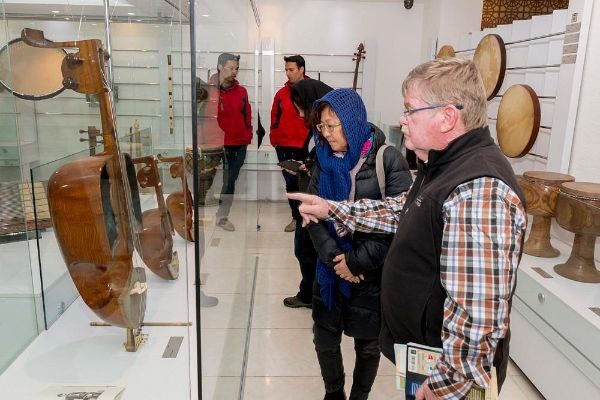
Achievements of the Isfahan Music Museum:
In 2016, the Museum obtained the first grade on the index for technical principles and physical standards from ICOM (International Council of Museums) IRAN.
In the same year, the Museum received the title of Best Privately Organized Museum in the country from the Cultural Heritage, Handicrafts and Tourism Organization of Iran.
Different sections of the museum:
Hall of regional instruments
The Music Museum has set up a separate hall to display local Iranian instruments. This showroom contains local Iranian instruments from different parts of the country. The tour guides will tell you about Iranian regional music and you can listen to the different musical traditions of Iran with the help of media and audio display.
Hall of national instruments
This hall contains many of the instruments from all around Iran. Here, the instruments and their types are introduced to you in both Persian and English languages, and the audio and video facilities of the collection help you to get a better experience of walking in this hall.
The home of Iranian traditional music
This room of the museum is dedicated to the memory of some great musicians of Isfahan. Their biographies are presented. You can get a general understanding of the lives of these famous musicians who have had an important influence on Iranian music.
The home of music
At the end of your tour, in this part of the museum, you can enjoy watching a live performance of traditional Iranian music. you can even try different Persian musical instruments yourself.
The instrument factory
In this section, you will be informed about the manufacturing process and the components of the instruments. This section is located in the basement of the museum.
The gift shop
The gift shop offers a wide variety of music-themed gifts such as traditional music albums, musical instruments, and mugs and so on. The museum also has a café in the backyard.
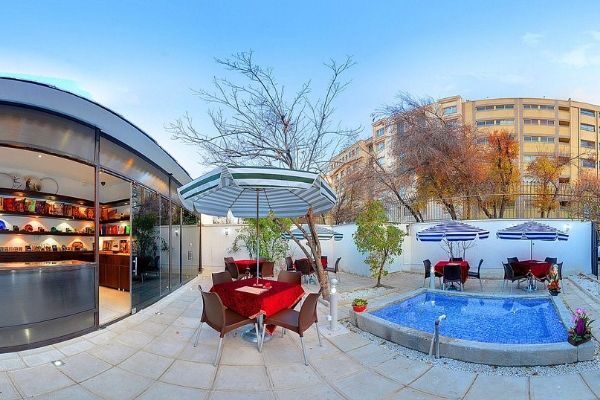
Various instruments displayed in this museum:
Qanun
The instrument has a trapezoidal wooden box that is played with two forefingers and two plectrums. Qanun is one of the oldest Iranian instruments which has a unique melodramatic sound.

Ghaychak
It is a stringed instrument of Iranian music and is played with a bow like a fiddle. This instrument is local and is mostly used in the southeastern regions of Iran, especially in Sistan and Baluchestan and Hormozgan provinces. This instrument was made of horse skulls in ancient times, which is why it is shaped like this today.
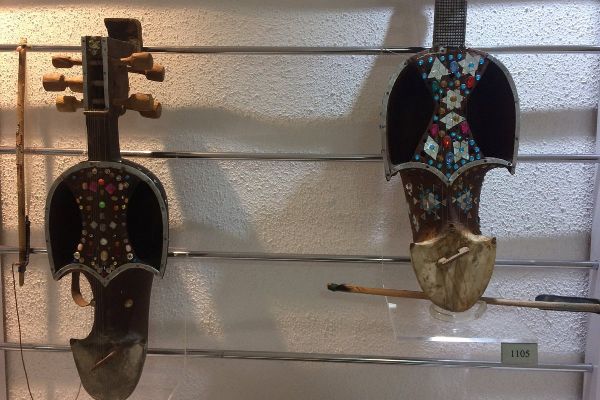
Harp
The harp is one of the most famous ancient and stringed Iranian instruments and has a special value in Persian literature. The earliest harps in Iran date back to the Elamite period four thousand years ago. The harp is played with the rhythm of the fingers.
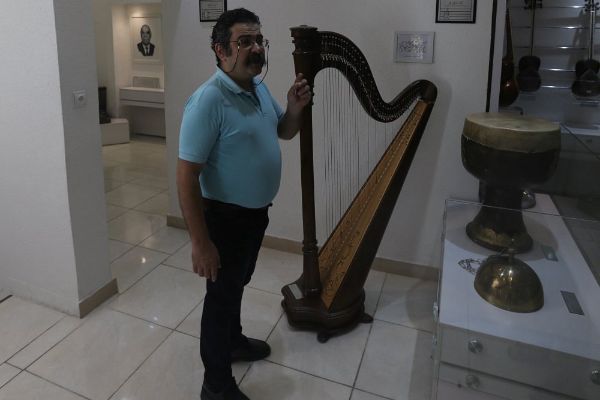
Tar
This stringed instrument is played with a plectrum. Apart from Iran, playing this instrument, which is the ancestor of today’s guitars, is also popular in other countries such as Tajikistan, the Republic of Azerbaijan, Armenia, Georgia and other parts of the Caucasus and it is a part of the classical music of these lands.

Rubab
The sound of this instrument can be heard more in the east and southeast of the country, and it has been used in the Iranian national instruments group since the 1930s and 1940s.

Oud
This instrument is one of the most important and common instruments of ancient Iranian music and it is said that it belongs to the old Iranian musician, the legendary Barbad (a Persian musician of the Sassanid era).
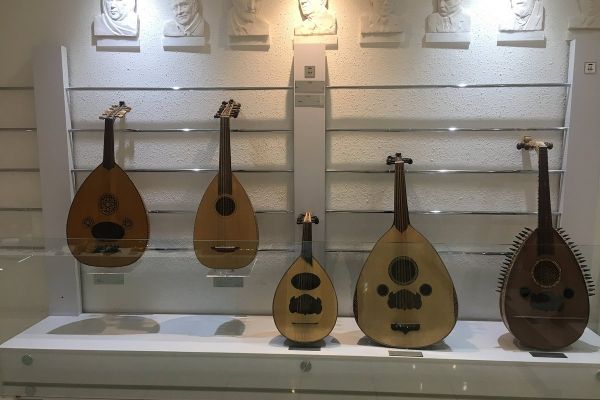
Ney
The Ney is an end-blown flute which is one of the Iranian wind instruments and is very popular among musicians.
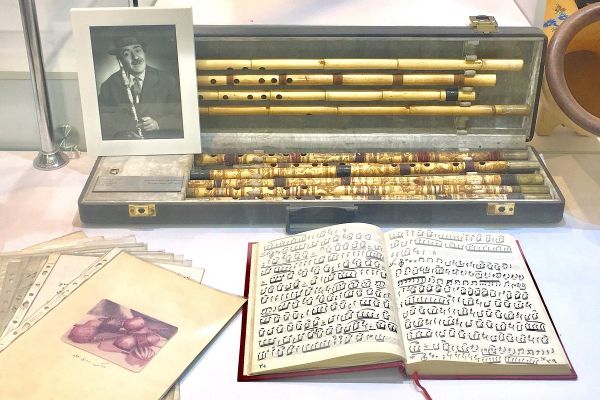
Daf
Daf is one of the percussion instruments of Iranian music. Daf is mostly used in classical and mystical music and has a special place and sanctity in Kurdish provinces such as Kermanshah and Kurdistan.

Setar
Setar is another famous stringed instrument and It is played while sitting. The instrument is played with the forefinger, has a low volume and is more suitable for solo playing.
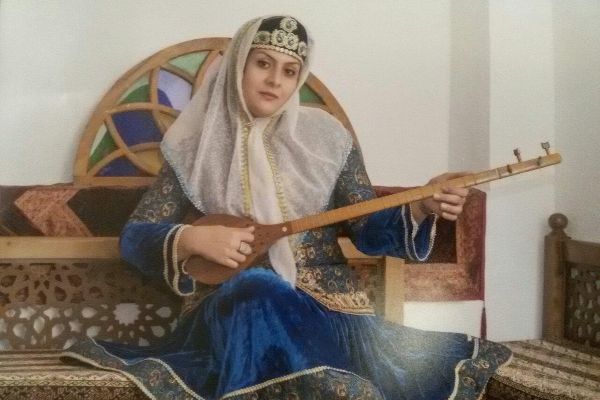
Kamancheh
The Kamancheh is in the group of bowed stringed instruments and is known as the violin ancestor. This instrument is played both as a solo and as a group.
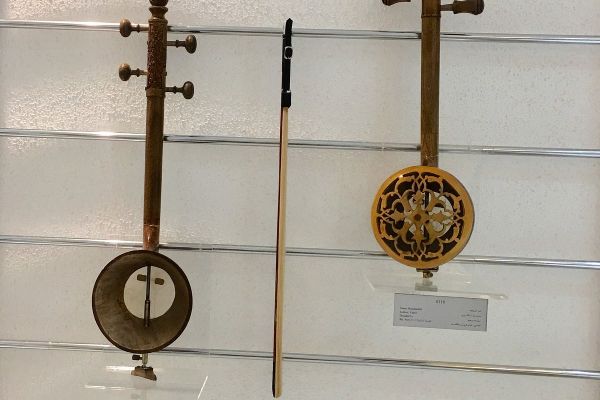
Tombak
Tombak is an Iranian percussion instrument. The Tombak dates back to pre-Islamic times when the instrument was called the “Pahlavi Dumblak”.
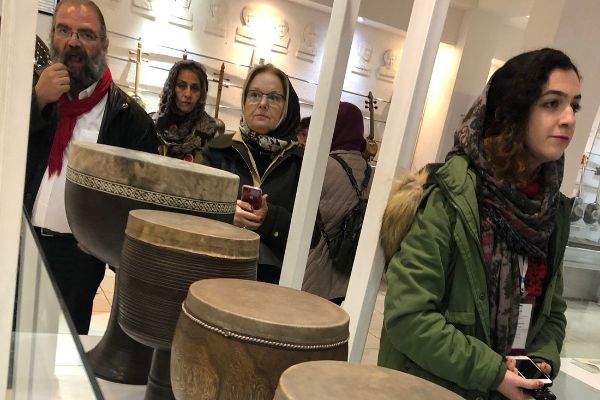
Santur
This instrument is in the form of an equilateral trapezoid and is included in the group of percussion string instruments. It has different sizes and strings and is played with two wooden plectrums. The sound of the Santur can be used both as a solo and in group performances.
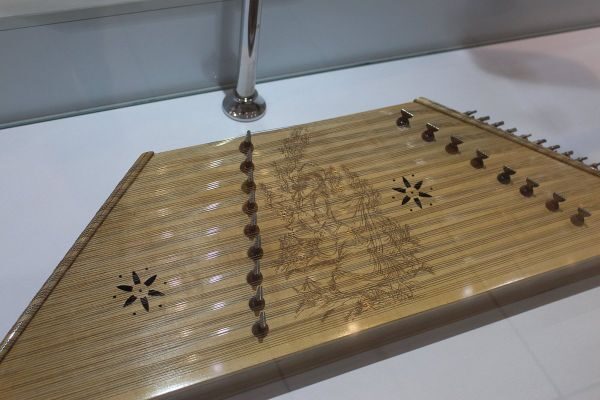
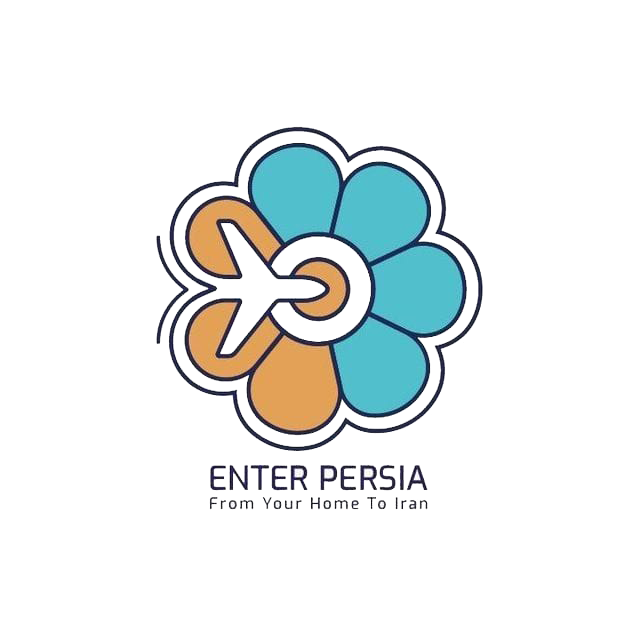

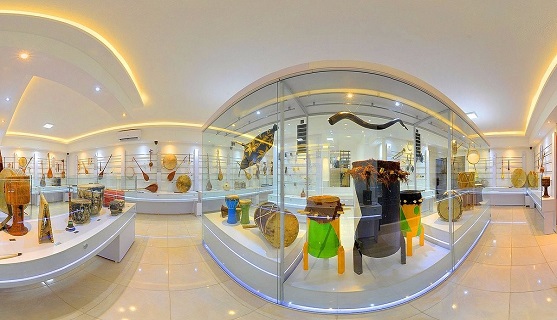
[url=http://doxycyclineo.com/]doxycycline cream[/url]
[url=http://nolvadexin.online/]nolvadex 10mg india[/url]
[url=https://finasterideff.online/]how to purchase propecia[/url]